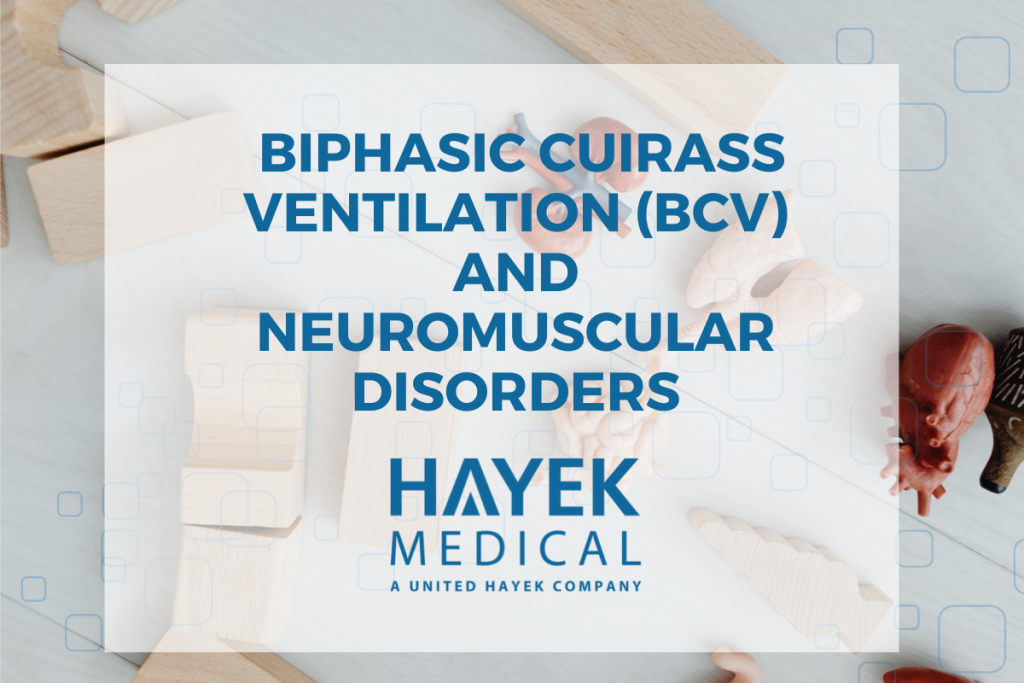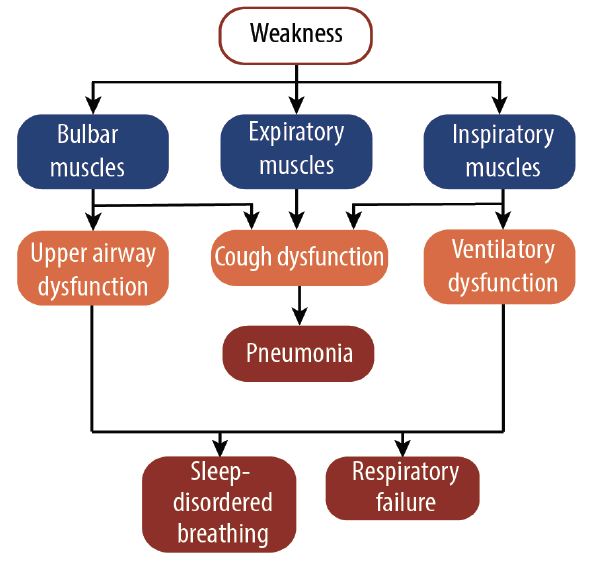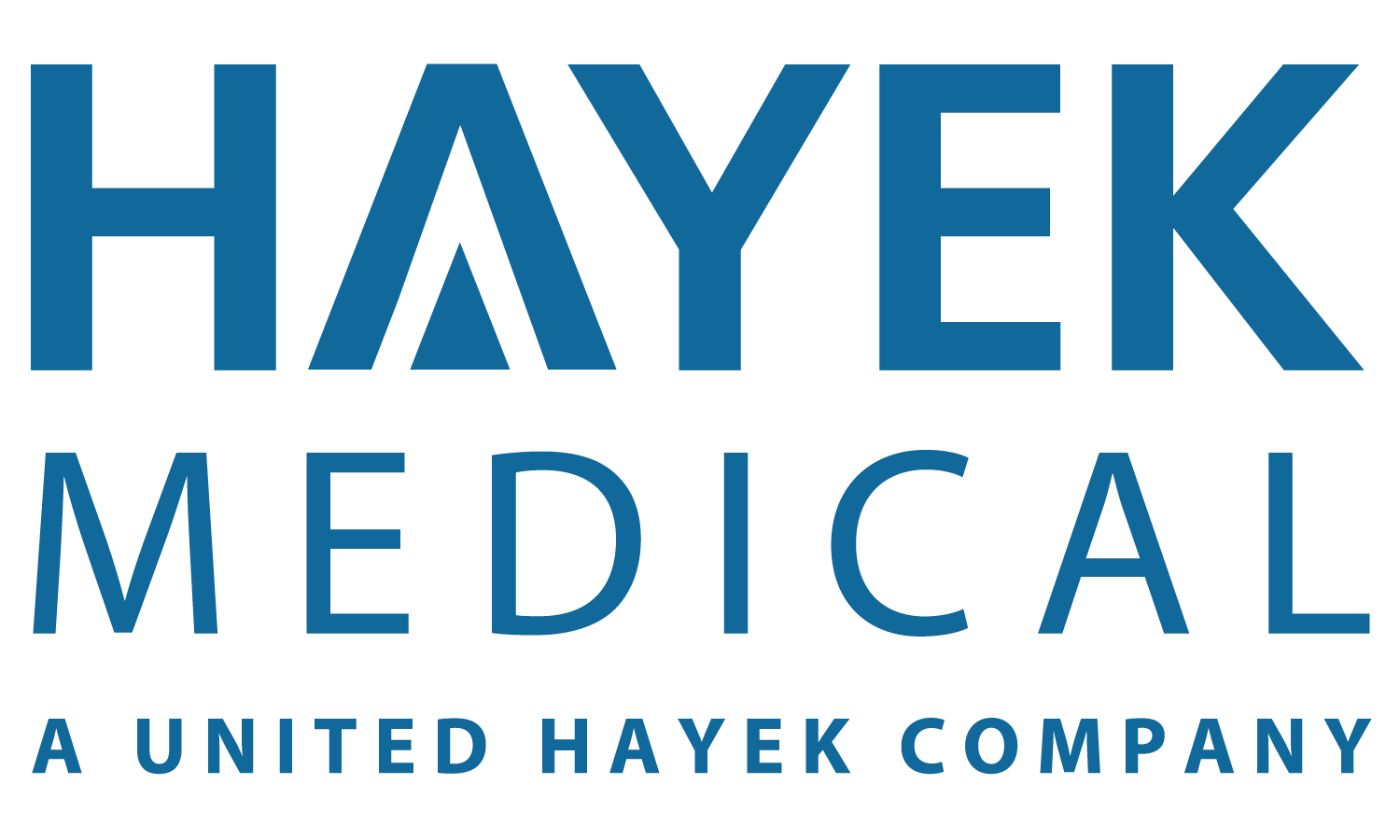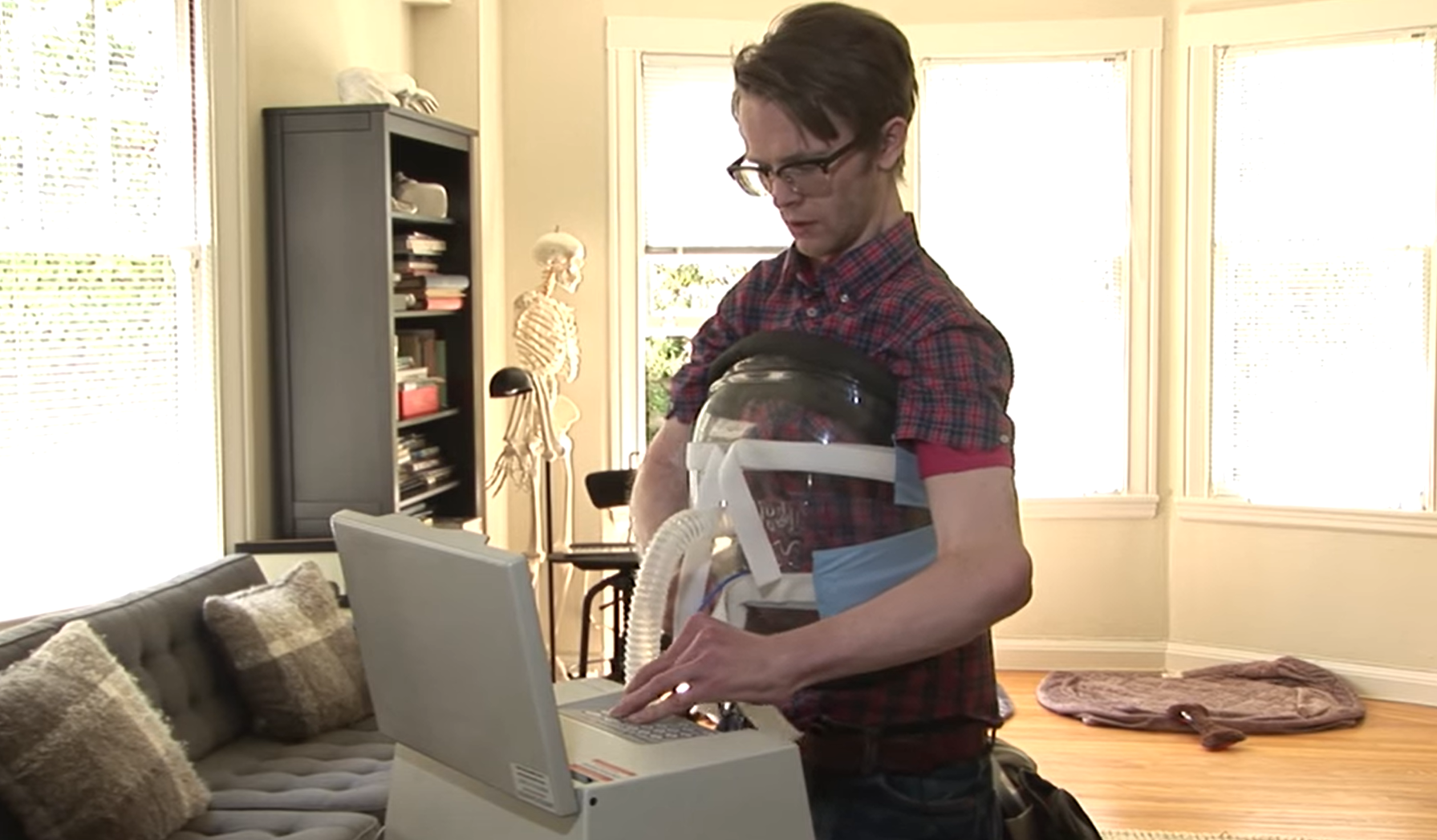
What are Neuromuscular Disorders?
Neuromuscular disorders, many of which are progressive, include a wide range of disorders affecting the peripheral nervous system, which consists of the motor and sensory nerves that connect the brain and spinal cord to the rest of the body. Pulmonary muscle weakness is one predominant condition of these disorders.
A common thread in the many different types of neuromuscular disorders is respiratory muscle weakness. In all cases, treatment of the underlying neuromuscular disorder is indicated, if feasible.

How do we treat Neuromuscular Disorders?
The response of respiratory muscle weakness to specific treatments may vary depending on the specific disease entity. For example, respiratory failure due to conditions such as Guillain-Barré syndrome, myasthenia gravis, polymyositis, and multiple sclerosis may be responsive to disease-specific therapy such that respiratory failure resolves as the underlying disorder improves in response to the therapy. In such cases, ventilatory assistance may only be temporary. In contrast, other neuromuscular disorders are not reversible or may progress despite therapy thereby necessitating full-time ventilatory support and adjunctive aids.
Respiratory muscle weakness due to neuromuscular disorder can lead to acute and/or chronic ventilatory failure as well as recurrent aspiration and pneumonia. Management, which is largely supportive, can provide symptomatic relief, improve quality of life, and in some instances, prolong life.

How does Biphasic Cuirass Ventilation (BCV) assist patients with Neuromuscular Disorders?
BCV supports respiratory function naturally with extra-thoracic negative pressure support of lung inflation. Instead of positive pressure inflating the lungs with an endotracheal tube or tracheostomy, the cuirass shell works with your diaphragm’s natural breathing motion to draw air into the lungs. Using the various modes of Biphasic Cuirass Ventilation provides a flexible and comfortable support tool than can restore lung function while improving quality of life.
In patients with respiratory muscle weakness who have an ineffective cough, it is suggested that a routine use of adjuncts to assist coughing for secretion clearance is beneficial therapeutic intervention. Such adjuncts can be used in the chronic setting as well during and/or through recovery from acute respiratory illnesses.
When the motor nerve function of the respiratory muscles is affected, cough strength decreases and breathing becomes weak. Decreased cough strength increases the risk of pneumonia and aspiration because an effective cough is needed to keep the airways clear.
BCV provides effective high-frequency chest wall oscillation that generates biphasic changes in transrespiratory pressure without the complications commonly associated with positive-pressure ventilation devices.
This type of gentle, flexible, multi-option support is why we believe that Biphasic Cuirass Ventilation should be a frontline resource for patients suffering with Neuromuscular Disorders.





